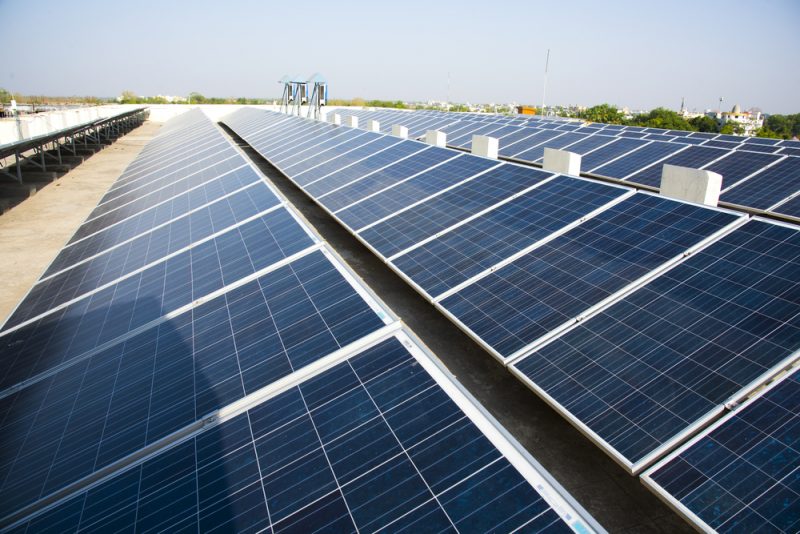Solar photovoltaic costs falling but estimates vary, according to EIA

Most sources say that costs for utility-scale solar photovoltaic (PV) systems on a per-watt basis have decreased in recent years, by approximately 10 to 15 percent annually from 2010 through 2016 depending on how the costs are estimated, the U.S. Energy Information Administration (EIA) recently said.
Analysts typically use either total reported costs or aggregated component costs to estimate capital costs of generating technologies, EIA said.
The reported costs approach includes a range of reported project costs in the market and accounts for variability in project design, location and timing. Uncertainty about whether certain cost components are included in reported system costs presents challenges with this method. Data includes projects completed in that year but does not necessarily reflect the costs of projects started in that year.
Using component costs provides more detail on changes in component-level technology and costs. This methodology typically uses either best-in-class or common-practice project criteria and may not account for the full range of real-world project cost factors. These estimates might not reflect all costs to a system, such as developer profit margins.
EIA notes that it publishes capacity-weighted average values of new projects coming online each year in its Annual Electric Generators Report. The U.S. Department of Energy’s Lawrence Berkeley National Laboratory (LBNL) publishes an annual Utility-Scale Solar Report. DOE’s National Renewable Energy Laboratory (NREL) publishes the Solar PV System Cost Benchmark report, which includes estimates of total system costs based on the information on reported component costs and conversations with industry.
EIA also projects future capital costs in its Annual Energy Outlook (AEO) report. For 2018, AEO 2018 forecasts installed capital costs of $1.85 per watt (AC) for fixed-tilt PV systems and $2.11 per watt (AC) for single-axis tracking systems.
